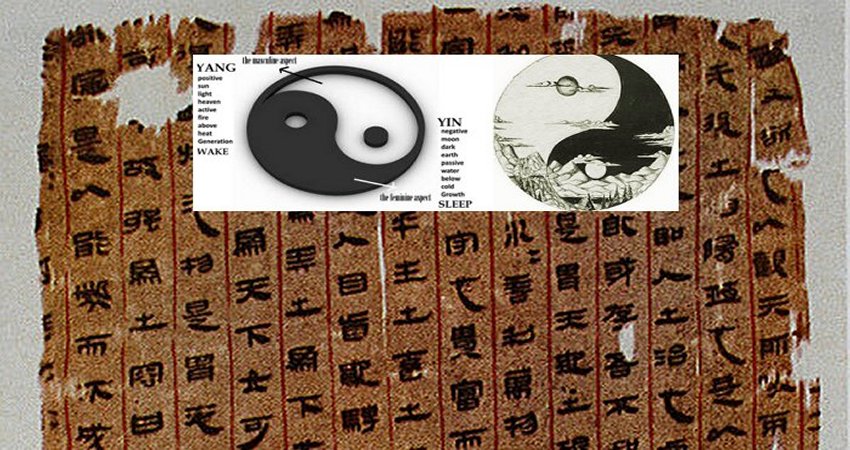Conny Waters – MessageToEagle.com – Chinese text of the Mawangdui medical manuscripts found in is the earliest surviving anatomical description of the human body.
“We have demonstrated that the 300–200 BCE Mawangdui medical texts represent the oldest surviving anatomical atlas in the world, predating Galen by about a thousand years. Reading these texts as anatomy rather than esoterica allows us exciting new insights into the history of acupuncture and medicine, as well as access to a view of science and the world that has been largely hidden since they were sealed away…” write researchers Vivien Shaw and Isabelle Winder in their paper.
Although the standard history of anatomy is traditionally linked with Greece, the Mawangdui manuscripts – discovered in a Chinese tomb in the early 1970s – argues that the Chinese were also among the earliest anatomists.
A part of a Taoist manuscript, ink on silk, 2nd century BCE, Han Dynasty, unearthed from Mawangdui tomb 3rd, Chansha, Hunan Province, China. Hunan Province Museum. Credit: WikiImages
Discovered near Changsha, in South Central China, the manuscripts were placed in a tomb around 2,200 years ago in 168BC. This new interpretation of the texts would make them the oldest surviving anatomical atlas in the world, say researchers Vivien Shaw and Isabelle Winder of Bangor University, UK and Rui Diogo of Howard University, U.S., who published their research in The Anatomical Record.
“We have to approach these texts from a different perspective than our current Western medical view of the body’s separate systems of arteries, veins, and nerves,” said Vivien Shaw, who lectures in anatomy at Bangor University’s School of Medical Sciences has studied the anatomy found in ancient Chinese medical texts for over seven years.
See also:
Well-Known Powerful Yin Yang Symbol Dates Back To Ancient China
“The authors did not have this understanding, instead, they looked at the body from the viewpoint of traditional Chinese Medicine, which is based on the philosophical concept of complementary opposites of yin and yang, familiar to those in the west who follow eastern spiritualism.”
Everything is divided into two principles that are opposite one another in their existence and actions, yin and yang.
“What we have done is to reinterpret the texts, which describe eleven ‘pathways’ through the body. Some of these clearly map onto later acupuncture ‘meridians.’ We have been able to show significant parallels between the descriptions in the text and anatomical structures, and thus rediscover the ancient interest in the scientific study of the human form,” said co-author Izzy Winder of the School of Natural Sciences.
Previous scholars have not seen the works as describing anatomy, because contemporary Confucian cultural practices venerated ancestors and so shunned dissection. However, we think that dissection was involved and that the authors would have had access to the bodies of criminals, as is recounted in later texts.”
“Our findings re-write a key part of Chinese history. The contemporary Han era was a time of great learning and innovation across arts and sciences, so this type of classical anatomical science fits with the prevailing culture of the time. We believe that our interpretation of the text challenges the widespread belief that there is no scientific foundation for the ‘anatomy of acupuncture,’ by showing that the earliest physicians writing about meridians were in fact describing the physical body,” Shaw added.
Modern acupuncture research is based on an assumption that it is the function of acupuncture meridians and points which are important.
“Our interpretation shows that the original anatomists were making a map of the structure of the body, not of its function.”
Written by Conny Waters – MessageToEagle.com – AncientPages.com Staff Writer








